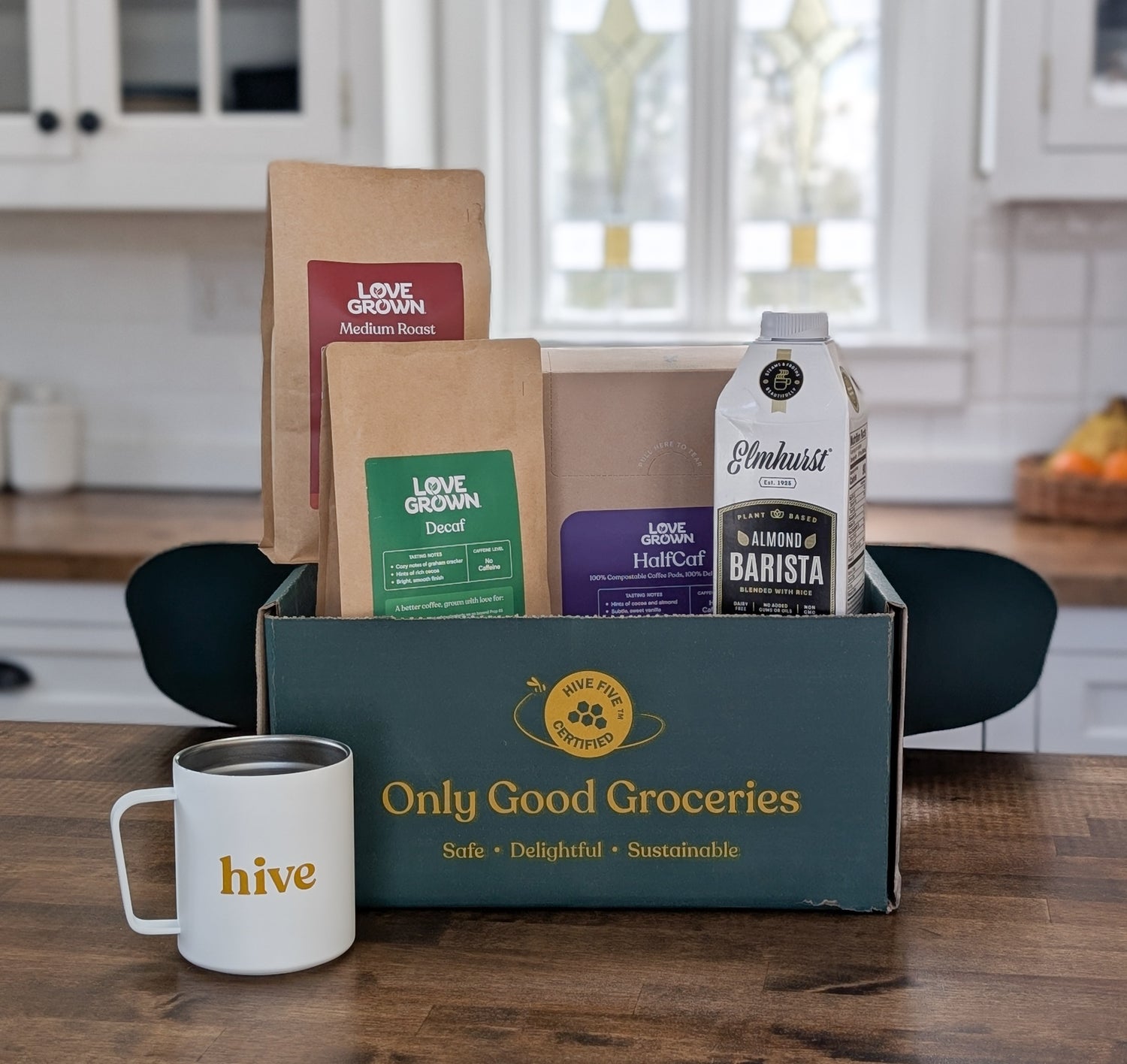Where’s all the food waste coming from?
Food waste goes far beyond just chucking leftovers in the trash. You can trace this waste all the way back to each step in the supply chain, to a culture of overconsumption, and to aesthetic standards set for fruits and vegetables. In the US, there’s an estimated amount of 125 to 160 billion pounds of food waste floating around. This includes leftovers from restaurants, unsold produce from overstocked grocery stores, and limp veggies tossed by you or your neighbors. In fact, individual households globally produce more waste each year than restaurants and grocery stores combined.
How does it impact our planet?
Once food ends up in a landfill and starts rotting, it emits methane—a greenhouse gas 28 to 36 times more potent than the carbon produced by your car. “If food waste was a country, it would be the third-biggest emitter of greenhouse gas emissions on the planet behind the U.S. and China,” says Richard Swannell of WRAP (Waste & Resources Action Programme).
While it’s possible to offset the detrimental effects of these emissions through good practices like composting, the best way might be to waste less food in the first place.

Get practical
What you can start doing today to reduce food waste:
- Plan meals in advance and head to the grocery store prepared with a detailed shopping list. Try to avoid impulse buys too.
- Pick ugly fruits and vegetables. What matters most is on the inside.
- Use smaller plates to portion out your food to reduce the amount of leftovers.
- Don’t fear an emptier fridge. Less stocked means less chances of finding an ancient cucumber months later.
- Expiration dates can be misleading, resulting in a lot of edible food getting thrown into the trash. Trust your nose and your gut.
- Donate extra food to local organizations or share your surplus with neighbors.
- Look for products made from upcycled ingredients that give food scraps new life like Pulp Pantry chips from our Upcycled collection.

Get creative
Go zero waste and give food a second life with these cool tips:
- Save vegetable scraps, peels, and end bits in a freezer bag and use them to make stock.
- Store cheese rinds in the freezer too and use them to flavor soups.
- Chop up broccoli stems for fried rice or broccoli soup.
- Save strawberry tops to make ruby red vinegar for salads or cocktails.
- Learn the art of pickling.
- Collect citrus peels to make your own natural cleaner.
Looking to switch to even more zero waste makers? Pop by our Zero Waste collection for better swaps.

